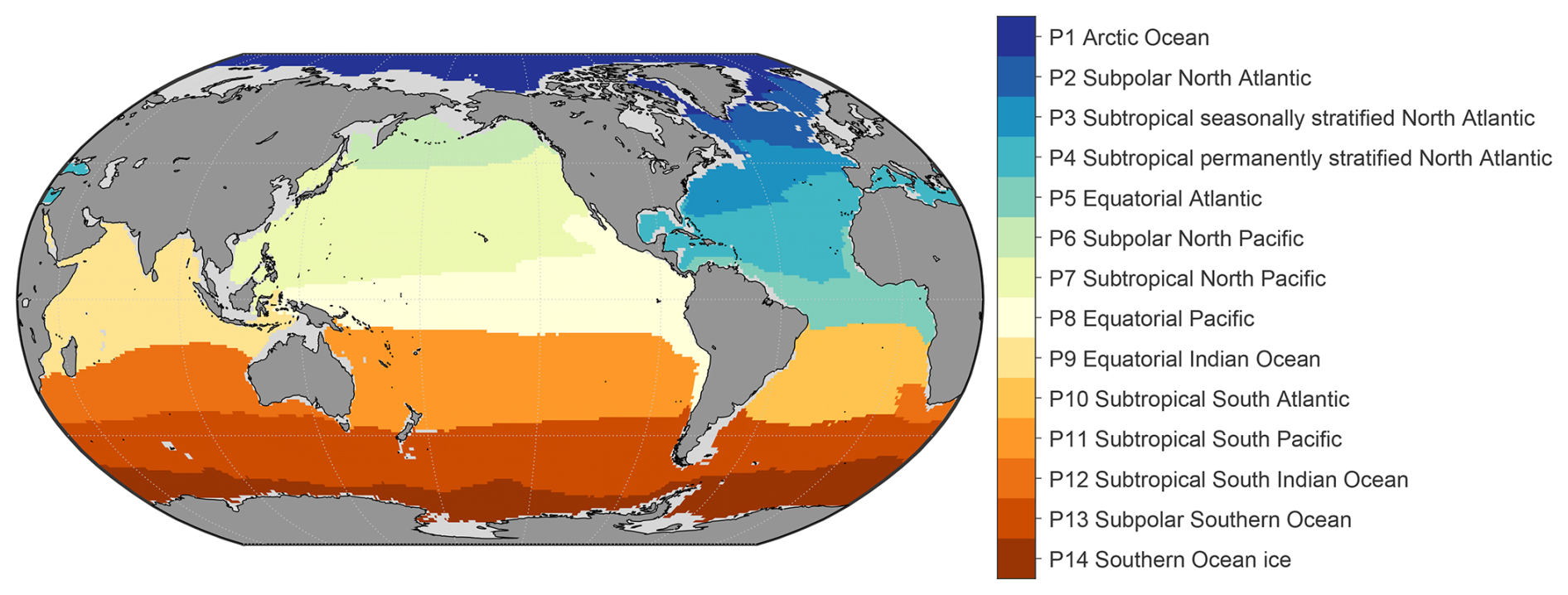2025-03-27 中国科学院(CAS)
<関連情報>
- https://english.cas.cn/newsroom/research_news/chem/202503/t20250325_908683.shtml
- https://www.cell.com/matter/abstract/S2590-2385(25)00098-0
海水からの効率的ウラン抽出のためのリキダンバー・フォルモサナ果実に着想を得た階層的ナノトラップ・フレームワーク Liquidambar formosana fruit-inspired hierarchical nano-trap framework for efficient uranium extraction from seawater
Zhehua Zhang ∙ Linsen Yang ∙ Tingyang Li∙ … ∙ Xiang-Yu Kong ∙ Lei Jiang ∙ Liping Wen
Matter Published:March 24, 2025
DOI:https://doi.org/10.1016/j.matt.2025.102055
Graphical abstract

Progress and potential
Constructing nano-trap structures within framework materials is an effective strategy for achieving high-selectivity adsorption of uranium, even in challenging environments like oceans. However, the high mass transfer resistance of nano-trap adsorbents remains a major limitation, restricting their performance in uranium extraction from seawater. Inspired by the hierarchical porosity of Liquidambar formosana fruit, we synthesized a series of MOF-based nano-trap adsorbents with biomimetic porous architectures for uranium extraction from natural seawater. Theoretical and experimental results confirm that the biomimetic hierarchical structure enhances mass transfer efficiency, accelerating ion transport into the nano-trap structure. This study provides valuable insights for designing new uranyl adsorbents with improved performance.
Highlights
- Hierarchical porous adsorbents inspired by L. formosana fruit enhance mass transfer
- Nano-traps in biomimetic structures ensure selective adsorption
- Biomimetic strategy enhances uranium uptake of adsorbents in real seawater
Summary
Efficient uranium extraction from seawater is essential for sustaining nuclear energy, yet this process requires adsorbents with high selectivity in complex environments. Nano-trap materials exhibit superior selectivity for uranium ions; however, their capacity is often limited by substantial mass transfer resistance, which impedes the diffusion of ions to active binding sites. Inspired by the hierarchical porous structure of Liquidambar formosana fruit, known for promoting rapid mass transfer, this study constructs MOF-based nano-trap adsorbents with biomimetic hierarchical porosity using a soft-template approach. The integration of macropores within the MOF framework enhances uranyl ion transport and maximizes the accessibility of functional binding sites, thereby significantly improving adsorption efficiency. Experimental results demonstrate a 213% increase in adsorption capacity in aqueous solutions and a 150% improvement in natural seawater. This work presents a strategy to address mass transfer limitations in functionalized MOFs, offering a promising approach for developing high-selectivity adsorbents for seawater uranium extraction.



